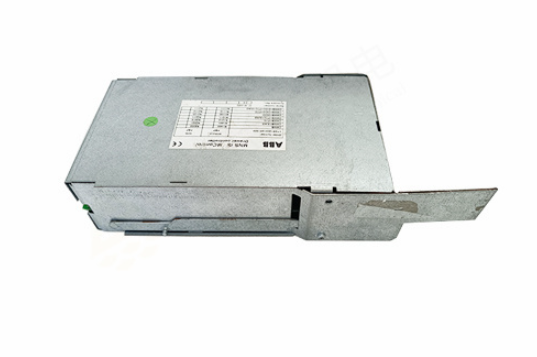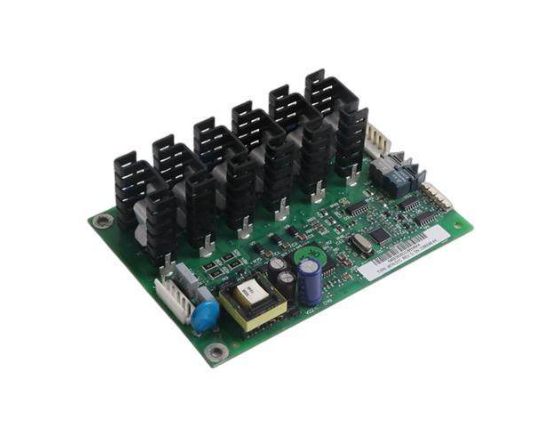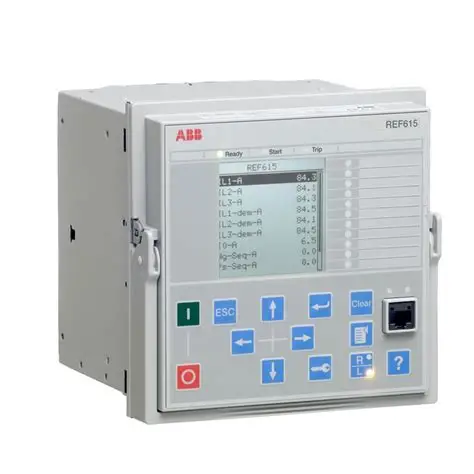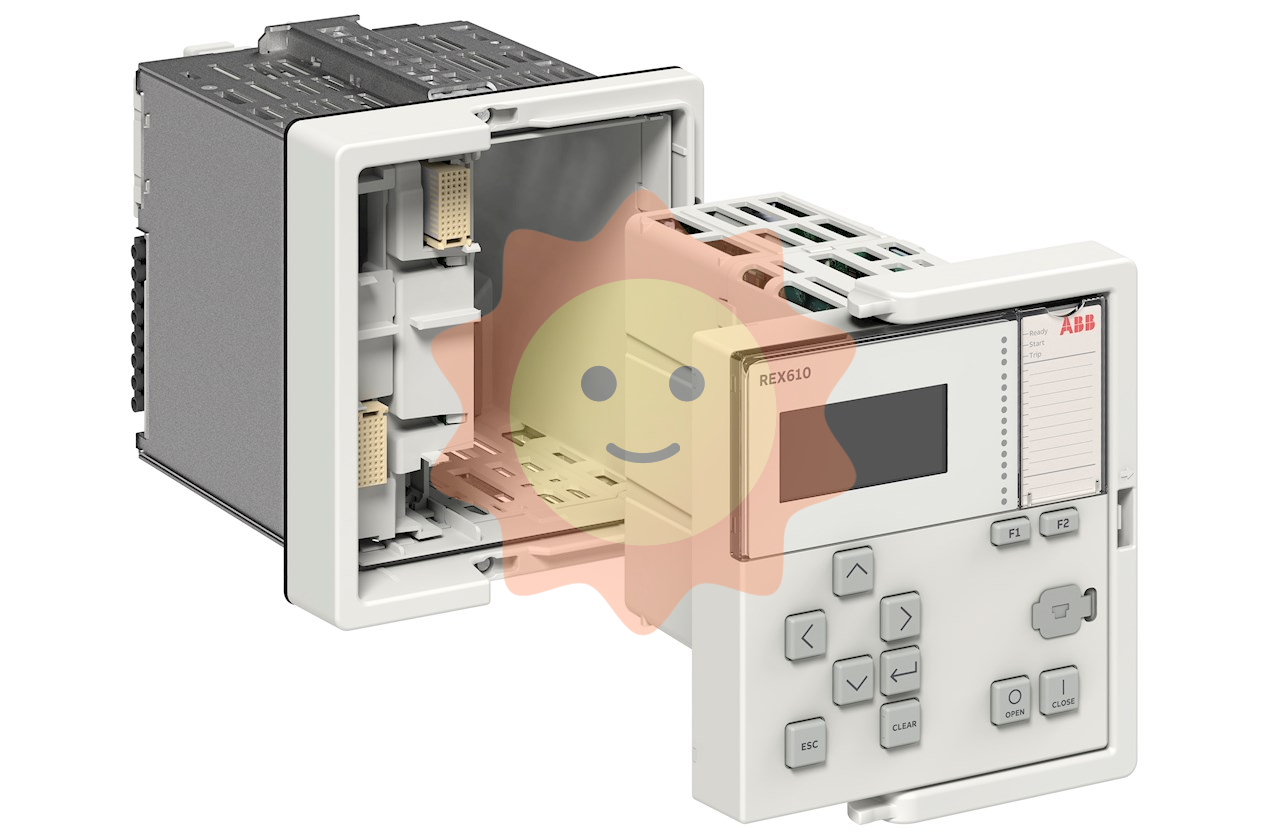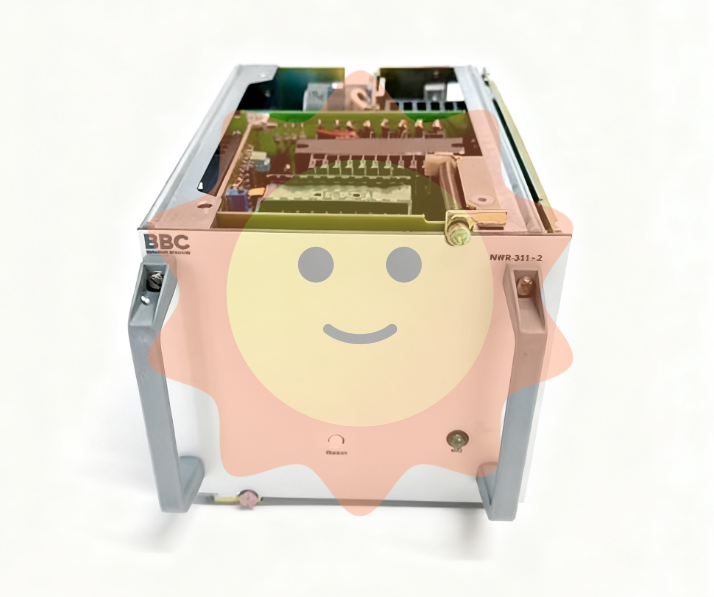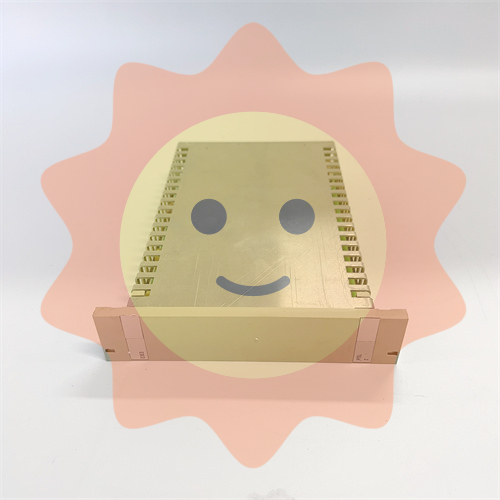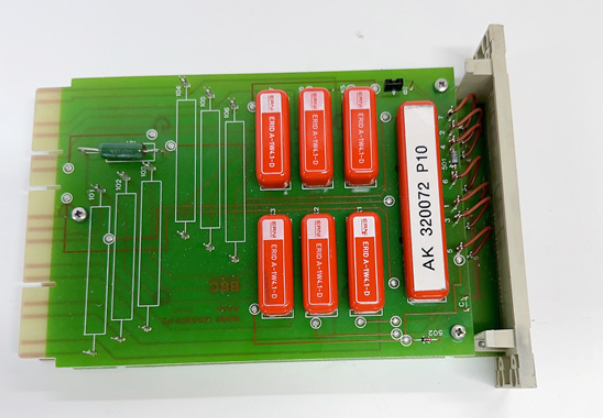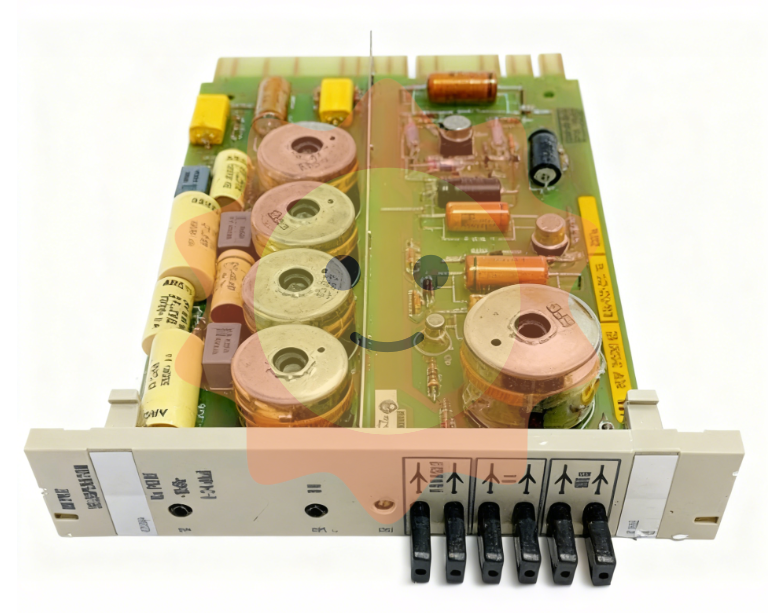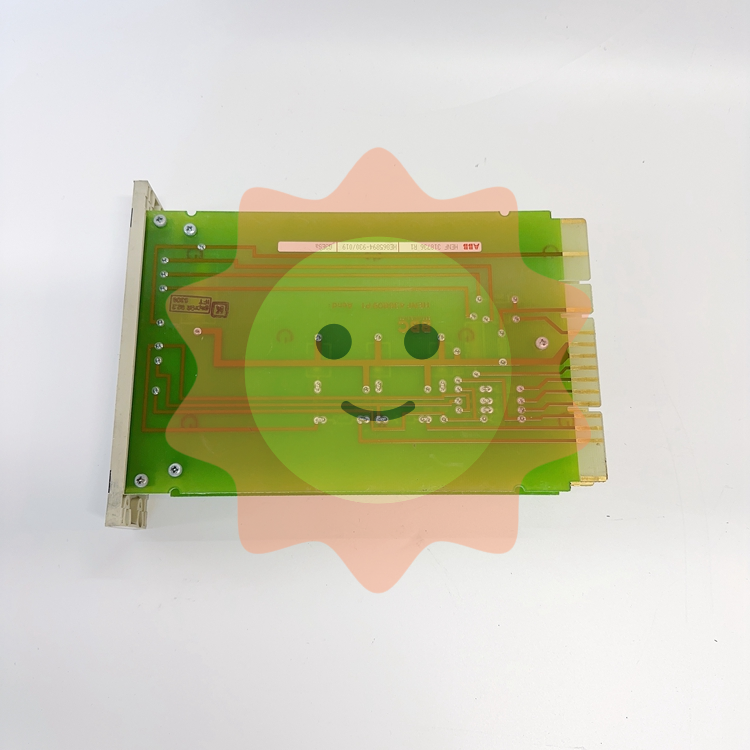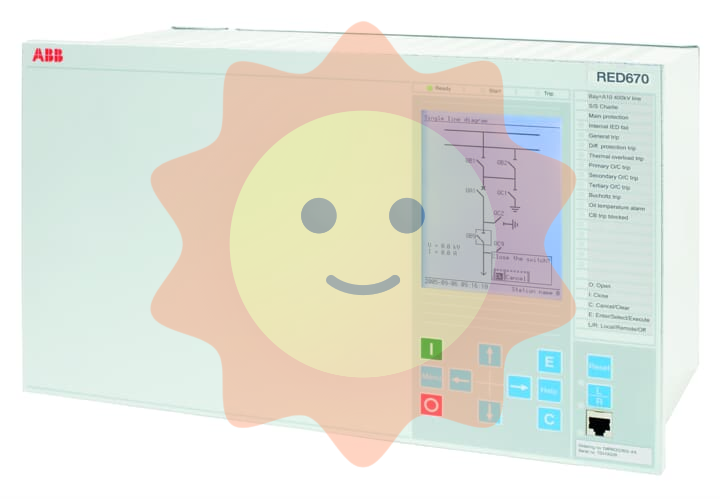Shoulder to the Future: Collaborative Robots Boost Unlimited Possibilities
The stable speed, accuracy, and dexterity possessed by robots are particularly suitable for performing repetitive tasks, which are crucial for the development of modern economy. Since the 1960s, robotics technology has gradually been introduced to various industries. Today’s robots are versatile, welding truck bodies, selecting items from abandoned warehouses, welding circuit boards, performing medical surgeries, processing nuclear fuel, exploring distant worlds, and more than a thousand different tasks, all of which are effortless.
The American analysis magazine Grand View Research has estimated the global industrial robot market at over $26.5 billion in 2022 and predicts a compound annual growth rate of 10.5% by 2030. Although industry estimates may vary slightly, there may be approximately 3 million industrial robots operating globally, and the robot density in Asian economies such as Singapore and South Korea is very high. [Data source: International Robotics Federation 2020 report

Fill the global skill shortage
The economic benefits and social value of robot automation have never been greater. In the post pandemic era, robots are helping to fill the shortage of skilled workers in the global manufacturing industry, which is currently estimated to exceed 10 million.
Nowadays, robots are playing a crucial role in helping various industries improve production sustainability. The use of robots has reduced the daily commuting needs of workers, and correspondingly reduced the various demands for heating, lighting, air conditioning, and maintaining social distance in manufacturing factories and warehouses. The remote control capability of robots also allows enterprises to more flexibly deploy personnel to the most convenient office locations, such as different company locations or completely absent from the site when necessary.

Continuous productivity
Robots do not require weeks of on-the-job training to learn how to perform a series of complex tasks, and once put into use, they can produce fruitful results. It can tirelessly execute tasks, and even work 24/7 if needed, to shorten production cycles and maximize productivity. It can be moved to any desired location in the factory workshop or warehouse, and can be immediately switched between programming tasks.
Robots can efficiently perform delicate or repetitive tasks in environments that pose risks to human health and safety. It can handle pathogens and toxic substances without being harmed, without the need to reserve a distance between manual operations. It can arrange more “workers” on the same floor area, thereby correspondingly increasing the factory’s production capacity and output.
Addressing the challenge of small and medium-sized enterprises unwilling to automate
The global demand for robot solutions is steadily increasing, reflecting the urgent demand of the global industry for smarter, more efficient, and more sustainable operations in fiercely competitive markets. However, so far, the advantages of robotics technology have mainly been reflected in heavy industries such as automotive manufacturing, as well as applications such as assembly, testing, packaging, palletizing, and warehouse logistics.
In contrast, robot technology has a slower application speed in many other fields. In small and medium-sized enterprises, the penetration level is still relatively low, but these enterprises could have obtained the same or even more benefits from robotics technology as large enterprises. The main reason for this is the belief that robots are expensive, inflexible, and difficult to program, which may prevent smaller companies from investing in this technology; Another major concern is safety. Like other heavy machinery, large industrial robots typically operate in environments with barriers, fences, and other protective measures to protect personnel from harm. Therefore, small and medium-sized enterprises may be concerned that even small-scale robot solutions may bring similar risks and potential costs of controlling security risks.

As a result, we have launched a collaborative robot
Fortunately, these outdated biases are being reversed by a new wave of solutions provided by ABB, which can make robots and humans more closely connected than ever before. Collaborative robots are specifically designed to work alongside human colleagues. Various market forecasts indicate that as more and more companies invest in collaborative robots, the potential of collaborative robots to help improve worker productivity has been further highlighted. For example, research firm MarketsandMarkets predicts that the annual growth rate of collaborative robots will reach 41.5% between 2022 and 2028, driven by a shortage of skilled labor and rising production costs.
Collaborative robots can tirelessly perform repetitive high-precision tasks, allowing workers to escape and perform other more valuable tasks. This enables small and medium-sized enterprises to optimize the stability of their product quality and output, while addressing labor shortages through more efficient deployment of existing labor, thereby enhancing their competitiveness in the global market.
The growth in demand for robot solutions is mainly due to the ease of use of collaborative robots. According to our recent survey of 1650 industrial companies worldwide, nearly one-third of the surveyed companies consider ease of use and simple programming as key standards for investing in robot automation. YuMi from ABB ®、 GoFa ™ And SWIFTI ™ Collaborative robots are designed with ease of use in mind, allowing workers to program and operate without the need for professional robot or software knowledge. ABB’s intuitive Wizard simple programming software is easy to set up, allowing collaborative robots to learn their desired positions and actions within minutes by dragging and dropping graphic blocks. By reducing programming difficulty and eliminating the need for professional programming knowledge, this simple programming software enables collaborative robots to program quickly and is friendly to novice users.
These collaborative robots can also be used with ABB Robot Studio offline programming software. This programming software can test and improve everything from a single robot to a complete robot workstation in a virtual environment, and then perform actual installation based on the testing results. RobotStudio also offers a selection of AR applications and cloud based versions, allowing users from different sites to collaborate, providing a powerful tool for collaborative robots and industrial robots to fully leverage their advantages.
In addition to the advantages of simplicity and ease of use, collaborative robots have also added more functions. Both GoFa and SWIFTI have a range of different workloads and work ranges to choose from, enabling them to handle and execute new tasks with higher workloads, opening up new possibilities for collaborative automation for small and medium-sized enterprises and first-time users. Through ABB’s ecosystem plan, users can easily achieve a wider range of functions through reliable and qualified peripheral devices and software solutions.

Safety First: People and Robots Work Side by Side
Equally important, ABB’s collaborative robots are equipped with a series of safety features to ensure that they can collaborate side by side with workers on assembly lines or workbenches, sharing a workspace. If there is potential contact with workers, YuMi and GoFa’s actions will stop within a few milliseconds until their human colleagues confirm the safety of the situation before restarting. Taking ABB’s industrial grade collaborative robot SWIFTI as an example, its safety detection system combines a laser scanner and ABB’s SafeMove software, which can adjust the robot’s motion speed. If a worker is detected within its working range, the robot will stop working directly. The robot can only resume operation after the workers return to a safe distance.
YuMi and GoFa, on the other hand, have a soft curved surface and are designed to remove any pinch points that may grip clothing or body parts.
Helping humanity achieve more humane long-term goals
The future of collaborative robots is immeasurable. The agility, ease of use, and cost-effectiveness of today’s collaborative robots provide opportunities for small businesses to become more competitive and operational resilient in a world full of uncertainty and rapid change. Through robot automation, people can engage in more valuable things – collaborative robots enable companies to deploy employees more intelligently, providing new possibilities for improving employee performance.
With the progress of artificial intelligence and machine learning, collaborative robots have become more intelligent and have stronger adaptability. We will gradually unlock a wider range of applications and help humans achieve more humane long-term goals through robot automation.
- EMERSON
- Honeywell
- CTI
- Rolls-Royce
- General Electric
- Woodward
- Yaskawa
- xYCOM
- Motorola
- Siemens
- Rockwell
- ABB
- B&R
- HIMA
- Construction site
- electricity
- Automobile market
- PLC
- DCS
- Motor drivers
- VSD
- Implications
- cement
- CO2
- CEM
- methane
- Artificial intelligence
- Titanic
- Solar energy
- Hydrogen fuel cell
- Hydrogen and fuel cells
- Hydrogen and oxygen fuel cells
- tyre
- Chemical fiber
- dynamo
- corpuscle
- Pulp and paper
- printing
- fossil
- FANUC
- Food and beverage
- Life science
- Sewage treatment
- Personal care
- electricity
- boats
- infrastructure
- Automobile industry
- metallurgy
- Nuclear power generation
- Geothermal power generation
- Water and wastewater
- Infrastructure construction
- Mine hazard
- steel
- papermaking
- Natural gas industry
- Infrastructure construction
- Power and energy
- Rubber and plastic
- Renewable energy
- pharmacy
- mining
- Plastic industry
- Schneider
- Kongsberg
- NI
- Wind energy
- International petroleum
- International new energy network
- gas
- WATLOW
- ProSoft
- SEW
- wind
- ADVANCED
- Reliance
- YOKOGAWA
- TRICONEX
- FOXBORO
- METSO
- MAN
- Advantest
- ADVANCED
- ALSTOM
- Control Wave
- AB
- AMAT
- STUDER
- KONGSBERG
- MOTOROLA
- DANAHER MOTION
- Bently
- Galil
- EATON
- MOLEX
- Triconex
- DEIF
- B&W
- ZYGO
- Aerotech
- DANFOSS
- KOLLMORGEN
- Beijer
- Endress+Hauser
- MOOG
- KB
- Moxa
- Rexroth


Email:wang@kongjiangauto.com

